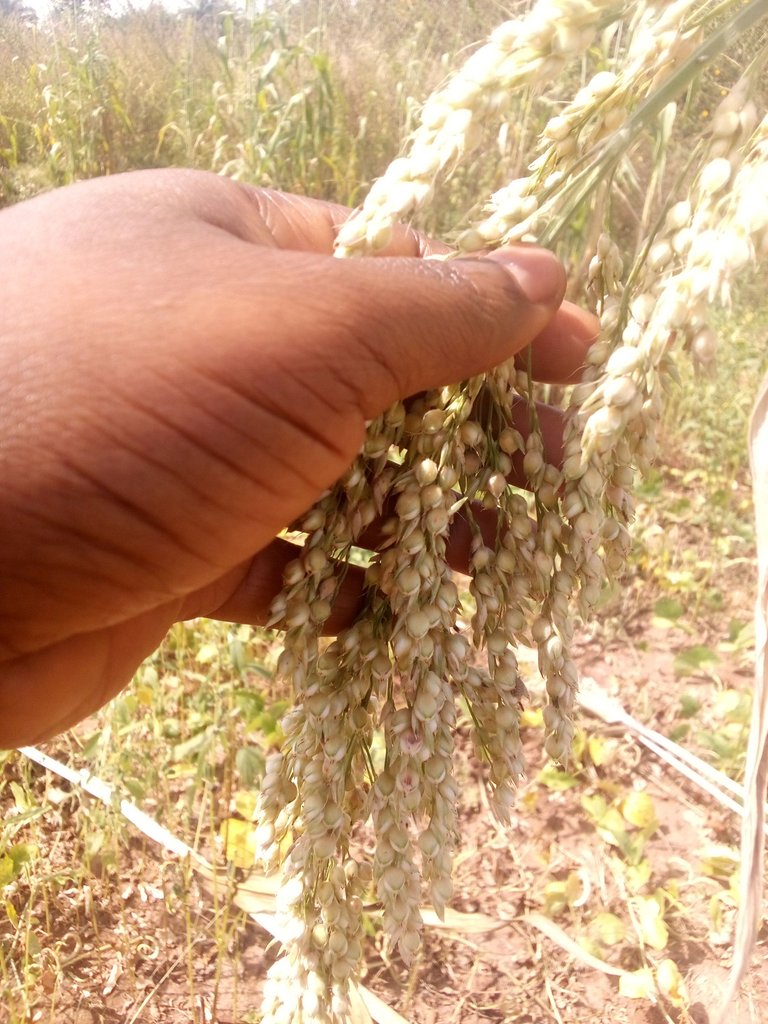Recognizing the signs of maturity sorghum: farmers guide
HELLO HIVE
Sorghum is quite a common and versatile crop around here fitting into so many cultural dishes in a rather seamless way increasing its consumption rate every year, it has become really important to maximize its yield and maintain its quality to a high standard, and one way we can do that is by understanding when this crop is ready for harvest and this short guide will be helpful.

Sorghum grains are always exposed at the time of maturity, making it easy for us to Spot the grains and understand if the grains are matured or not, unlike so many other grains.
This exposure might help detect signs of maturity in the grains, but it is also exposing the grains to pests like birds that can easily feed on them, and to prevent this, it is most times advisable to harvest on time the moment the grains are matured.


To achieve this success we have to keep an eye on some important changes in the grain.
The first change is
the grain hardness.
The grains are soft in the first few weeks of maturity, and the moment the grain becomes hard, then that's a strong sign pointing towards maturity.
How do we confirm this?
We do that by bending the crop over since it is usually tall and the grains are always on top of it, so we can check if the grain is hard and firm when pressed or soft and dent to confirm if it is mature or not.
The grain color and the panicle appearance
When the panicle which is the grain head appears dry then it is a sign of maturity while the grain color also gives away a sign of maturity it is sometimes difficult to tell because there are so many varieties that tend to have different colors which makes the first option a more viable option to detect if the grains of the sorghum is mature or not.
I hope this was helpful in some way
